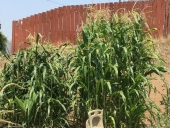posted 14 years ago
Sherry-
You shouldn't be ashamed, you should be proud of yourself for attempting what everyone said couldn't be done. Growing your own food organically and as sustainably as possible is a laudable goal.
Before you do anything, look more closely. Are all the plants equally infested or are there some with no or fewer aphids? If there are, you can take some leaves from one of those plants, mash them up a bit and put them in some water and leave it all in the shade for a couple of days, then strain the result and spray it on the affected plants. Another thing to try is get some seaweed solution and water the affected plants with it. Neither of these should harm the ladybugs.
Next, simply be patient. If there are huge numbers of aphids you should soon have larger numbers of aphid predators. So many even the ants wont be able to fend them all off.
Longer term solutions:
1. Add more minerals to your soil. An aphid infestation means that your plants are lacking in "minor" minerals. Packaged soils (in my experience) are often lacking in this way. In most parts of the country it doesn't matter, since plant roots can find some minerals from the native soil. But where the native soil is either total sand or very low on minerals from high temperatures and lots of rain, the plant roots cant find all the minerals they need. In the past I used pulverized granite and it solved the problem, but I can't find it for sale any more. I did just buy something called azomite but I haven't had it long enough to know if it will work equally well.
2. Make a place for weeds in the garden. Right now I have some dandelions covered with aphids and no aphids on my veggies 3 feet away. By keeping weeds growing around the garden, the aphid predators have a home and food all the time. Designate a spot or two for weeds and just let whatever comes up grow there and water it along with the garden. I know, it seems wacky to purposely grow weeds, but I've been doing it for years and my garden is healthier for it. Every so often, turn the weeds under or pull them off and compost them or use them for mulch. If you use them for mulch around your veggies, pull them before they make seeds. If no weeds want to grow on their own, you can get seeds of dandelions and some other barely domesticated greens and plant them.
3. You only mention tomatoes, so I don't know what else you might be growing. If it is only tomatoes, that is a monoculture and that is part of the problem. Try planting some black-eyed peas beside the tomatoes (they love the heat). You can get a bag of them from the grocery store (if they carry them) and plant them or buy seed which is more expensive. The black-eyed peas will feed the tomatoes as well as create greater diversity. If you dont want to eat the peas, cut down the plants right after they flower and plant more. You can lay them on the soil around the tomatoes as a mulch.
4. Do everything you can think of to increase the life in your soil. Make compost - as hot and dry as it is there, I would think pit composting would be the best bet. Dig a hole and put vegetable matter in it. Since your soil is pretty sterile you probably need to add compost starter. Keep it moist (you can pee in it) and shaded. Add some potting soil that has live microorganisms in it. Maybe add earthworms if they don't show up on their own. When the hole is filled with finished compost, plant in it.
One thing that would help with your water use would be to line your planting holes with something that would retard the escape of water. Water in sand tends to go straight down more than fanning out sideways. I wonder if putting a large rock or stepping stone in the bottom of the hole would keep water from escaping. Mulch on the top of the soil will keep water from evaporating upward. Generally I don't like to use plastic in gardening, but I wonder if plastic mulch (the kind with breathing holes) lining the sides of the hole would decrease the need for water. You could also use a layer of clay to make a sort of on-the-spot pot which would hold back water and give the plants minerals at the same time. The only source of clay I can think of is pottery clay and I'm not sure if it has any minerals that could be toxic. How about burying large terracotta pots and planting in them? Probably expensive. I'll be gardening in Florida sand in a few years as opposed to worn out Savannah, GA soil so I've been giving these things some thought.
Sorry for digressing, but then everything is connected, right? Hope some of this is helpful.
Claudia

 1
1








 3
3













 4
4




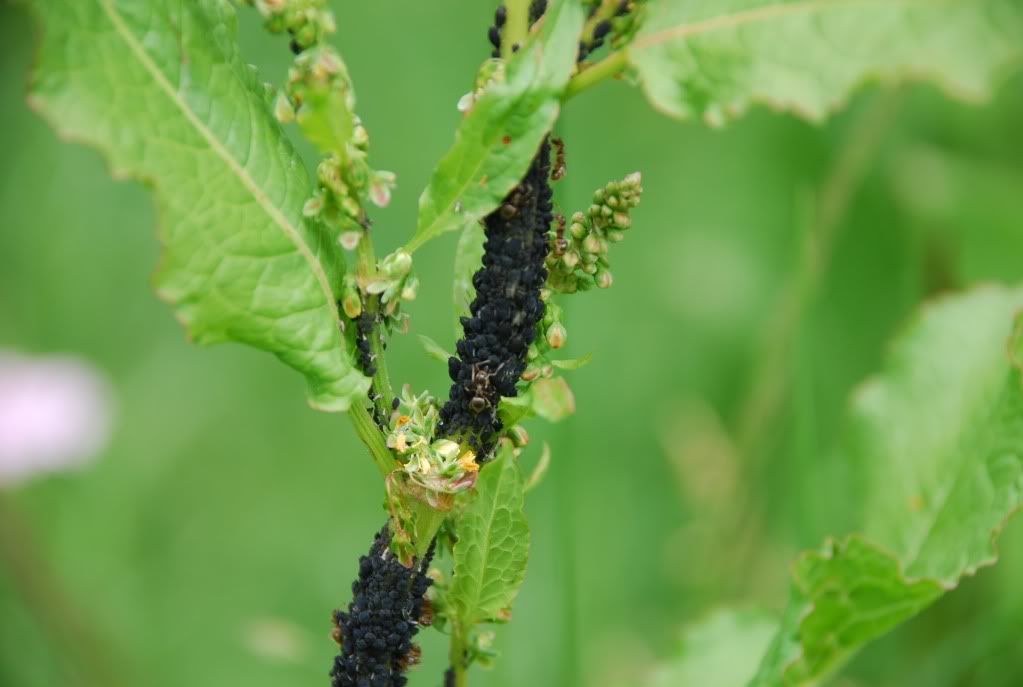
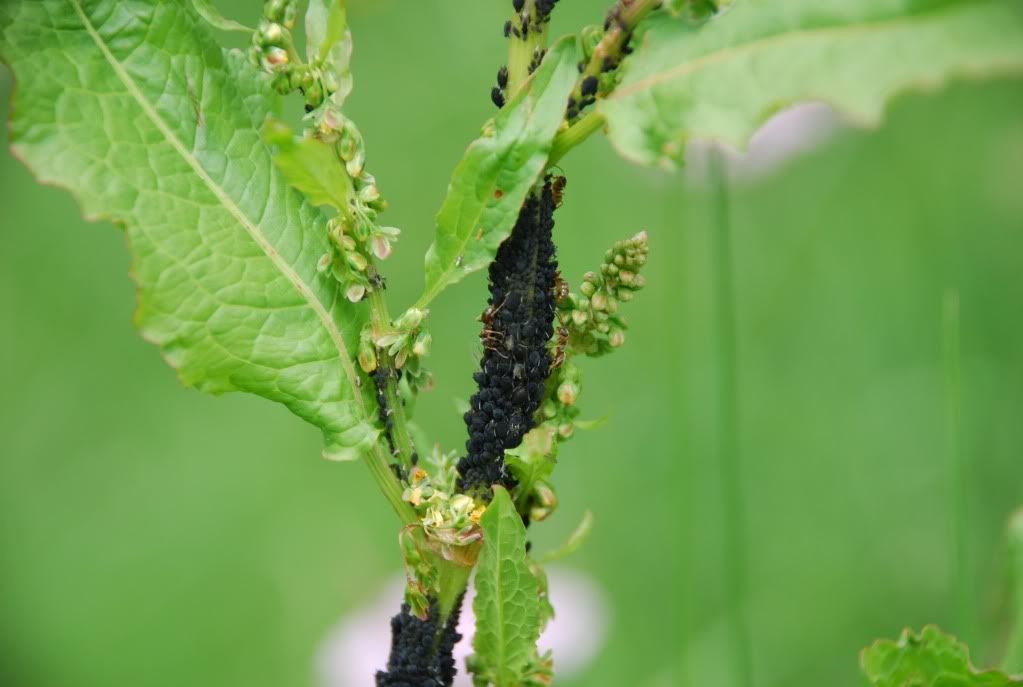
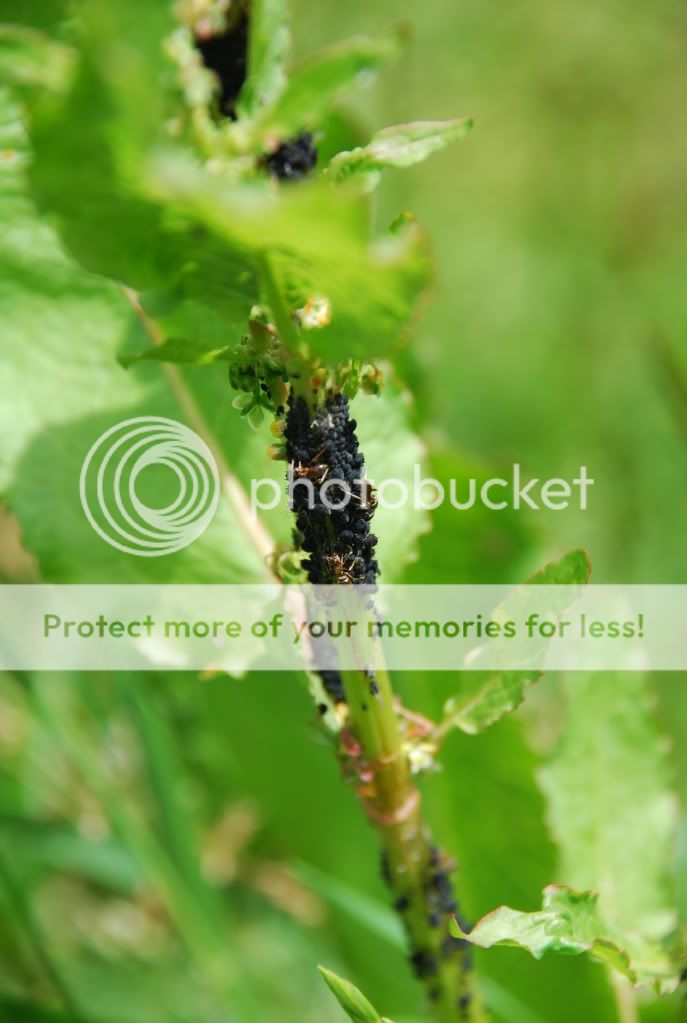

















 3
3




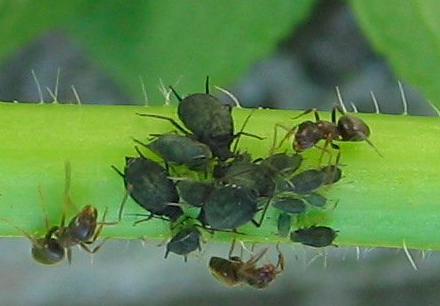
 2
2
























 1
1




















 i have tried the grits and DE before and while it works great on mounds in the yard for some reason it just didn't seem to work in my potato rings (4 ft tall fencing wire formed into a 3 foot in diameter ring)...i put the seed potatoes down and cover them with loose hay...then as the plant grows i add more layers of hay until it reaches the top...it stays pretty moist in there and maybe that is why the grits and DE don't seem to work
i have tried the grits and DE before and while it works great on mounds in the yard for some reason it just didn't seem to work in my potato rings (4 ft tall fencing wire formed into a 3 foot in diameter ring)...i put the seed potatoes down and cover them with loose hay...then as the plant grows i add more layers of hay until it reaches the top...it stays pretty moist in there and maybe that is why the grits and DE don't seem to work  i will try your suggestion and make a more inviting environment nearby and hopefully that will help...thanks again
i will try your suggestion and make a more inviting environment nearby and hopefully that will help...thanks again 



















 2
2




 2
2






 3
3




 2
2





 2
2









 2
2




 4
4




 3
3




 3
3




 1
1













